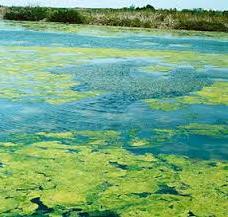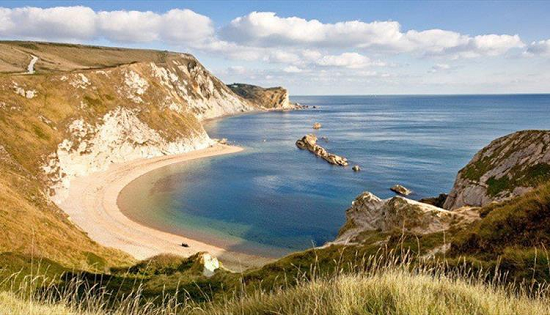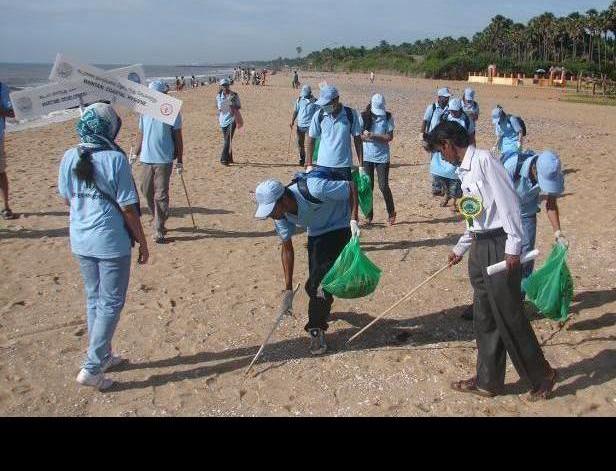Updated By: LatestGKGS Desk
Climate Change pose threat of harmful Algal bloom in coastal area

Researchers found advanced approaches to anticipate harmful algal bloom damagin aqatic bio-diversity in coastal community
Harmful algal blooms pose negative impacts via production of natural toxins leading to mechanical damage to people, fish, oysters, other shellfish etc and occur when colonies of algae grow out of control.
Researchers have sequenced genes of the algal bloom disclosing interactions between algae and bacteria that increase their growth.
New technique helps to get the detailed look
Adrian Marchetti leading the research group reveals that the new techniques give the most detailed look of strategy algae uses to grow uncontrollably driving to devastating consequences in coastal communities.
In the preceding decade, the blooms have increased in the Neuse River Estuary, off the coast of North Carolina as well as in every U.S. coastal state which are expected to rise with climatic change further affecting coastal and lake communities.

